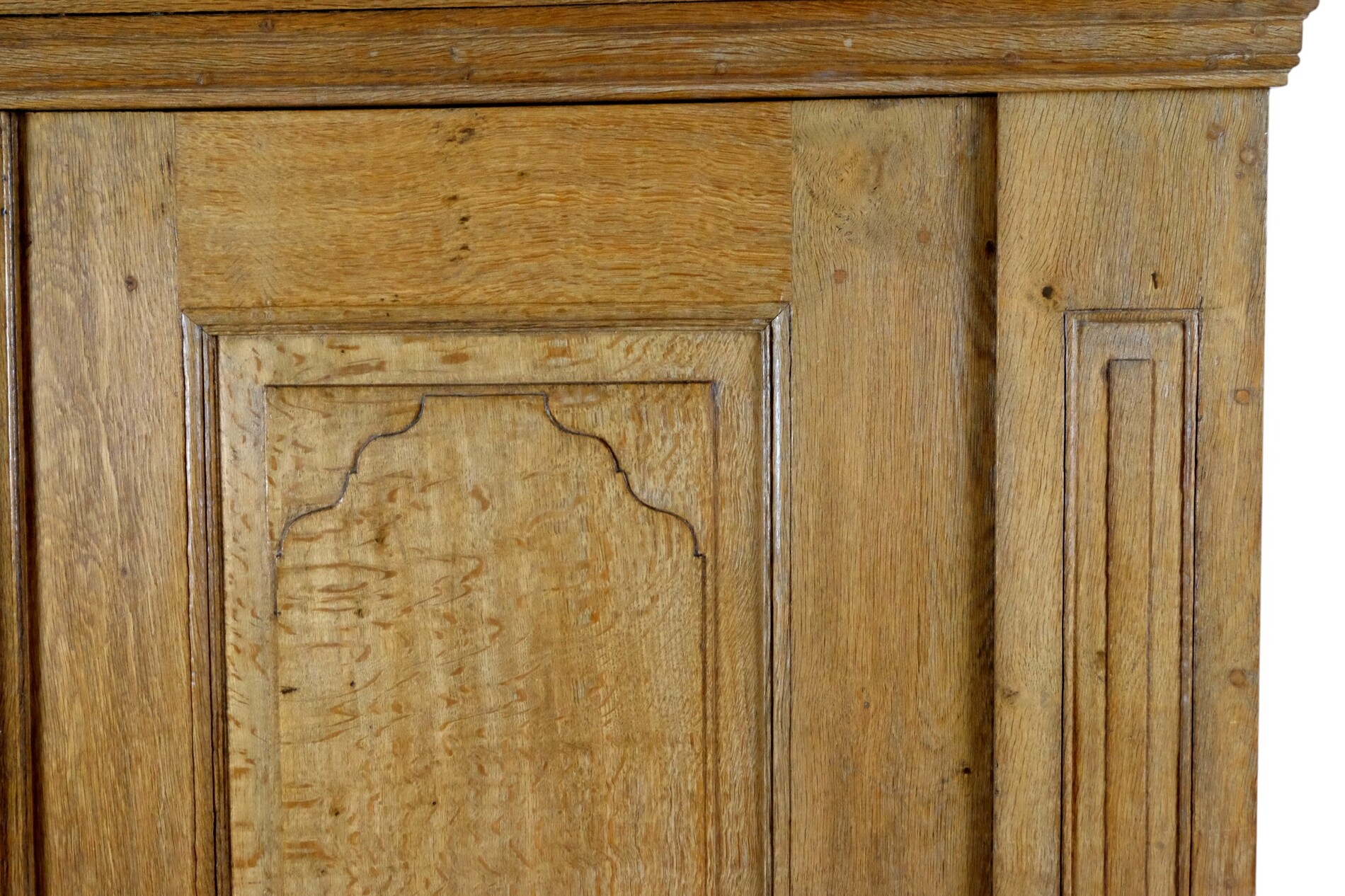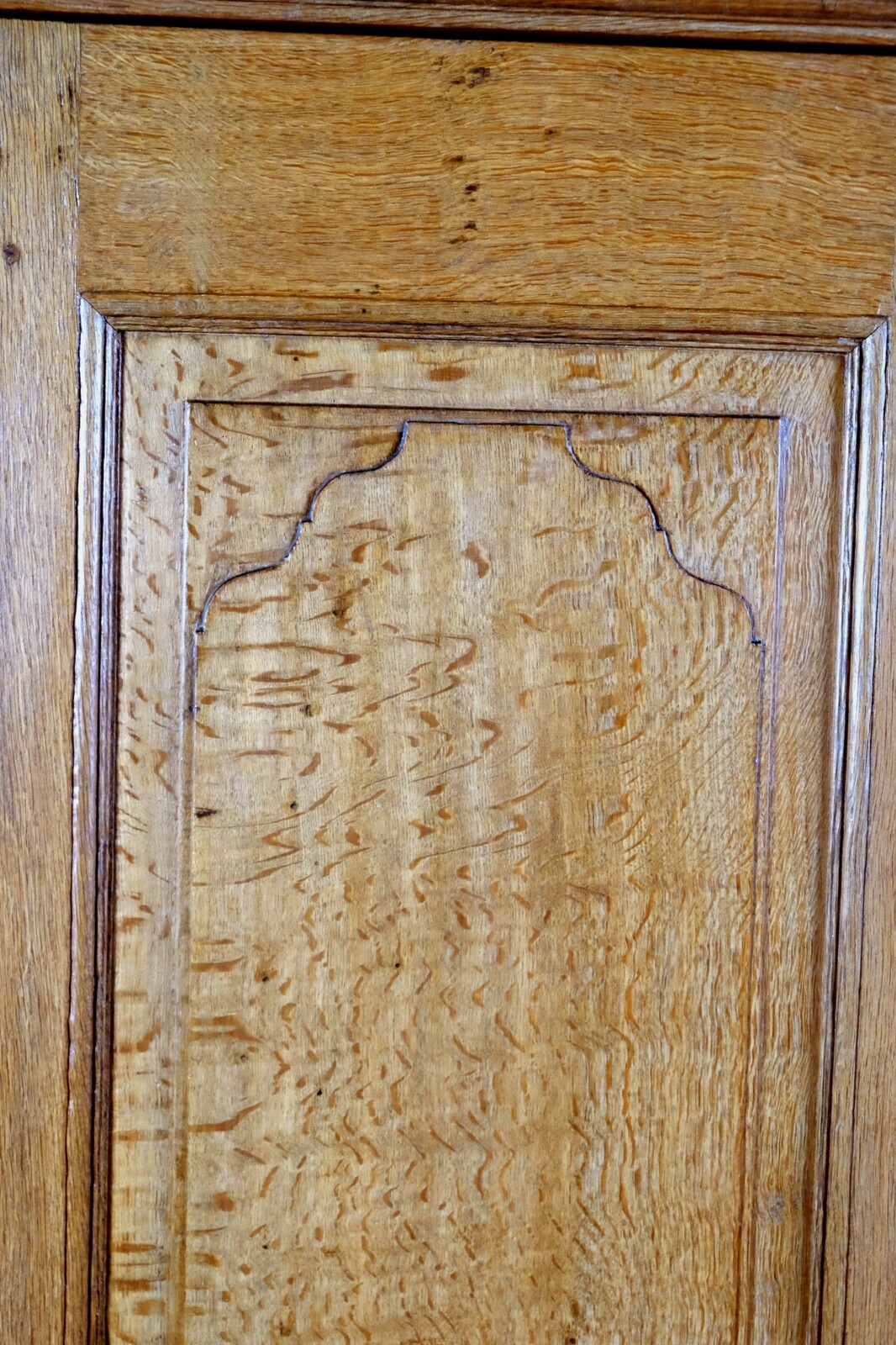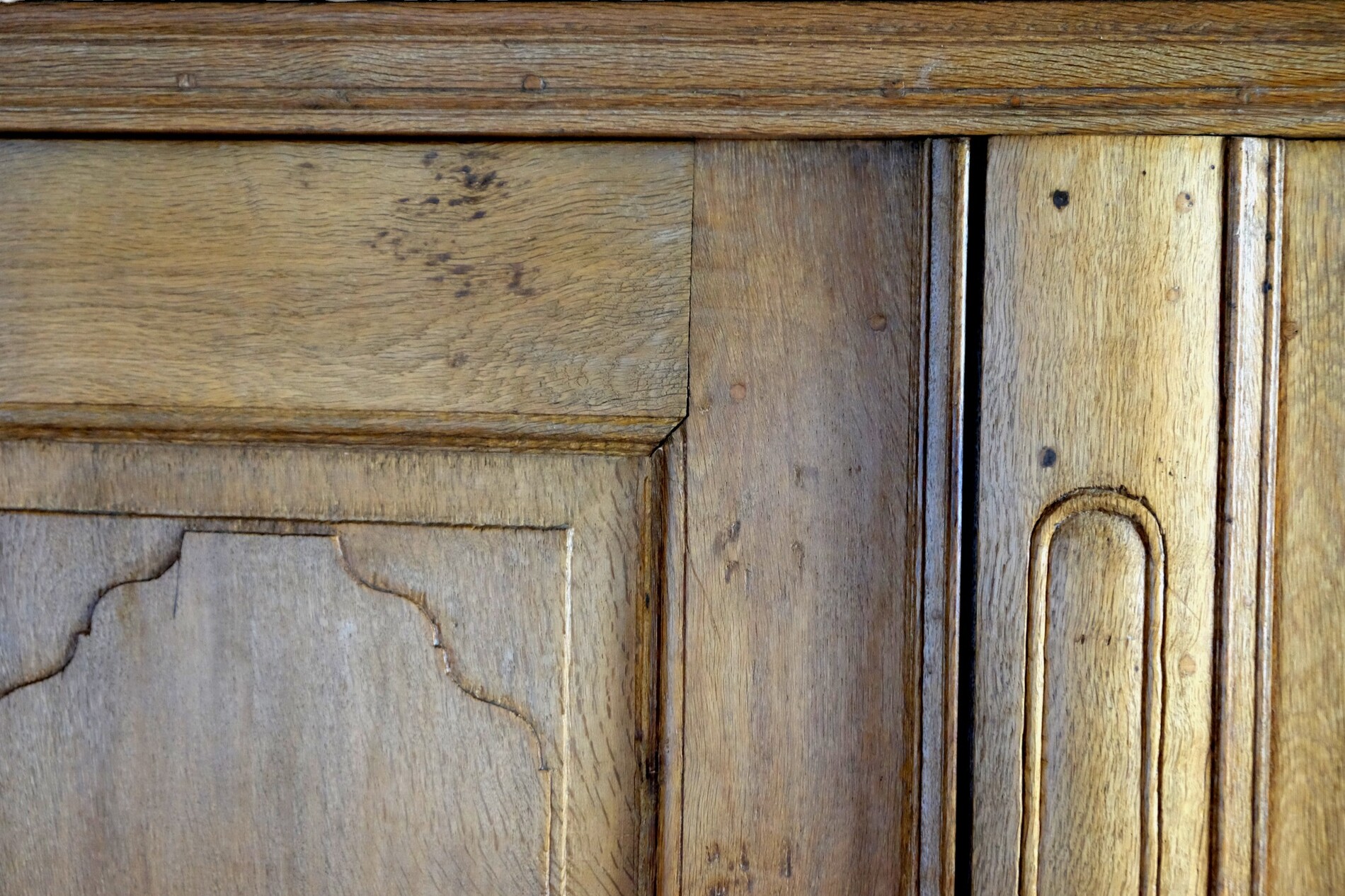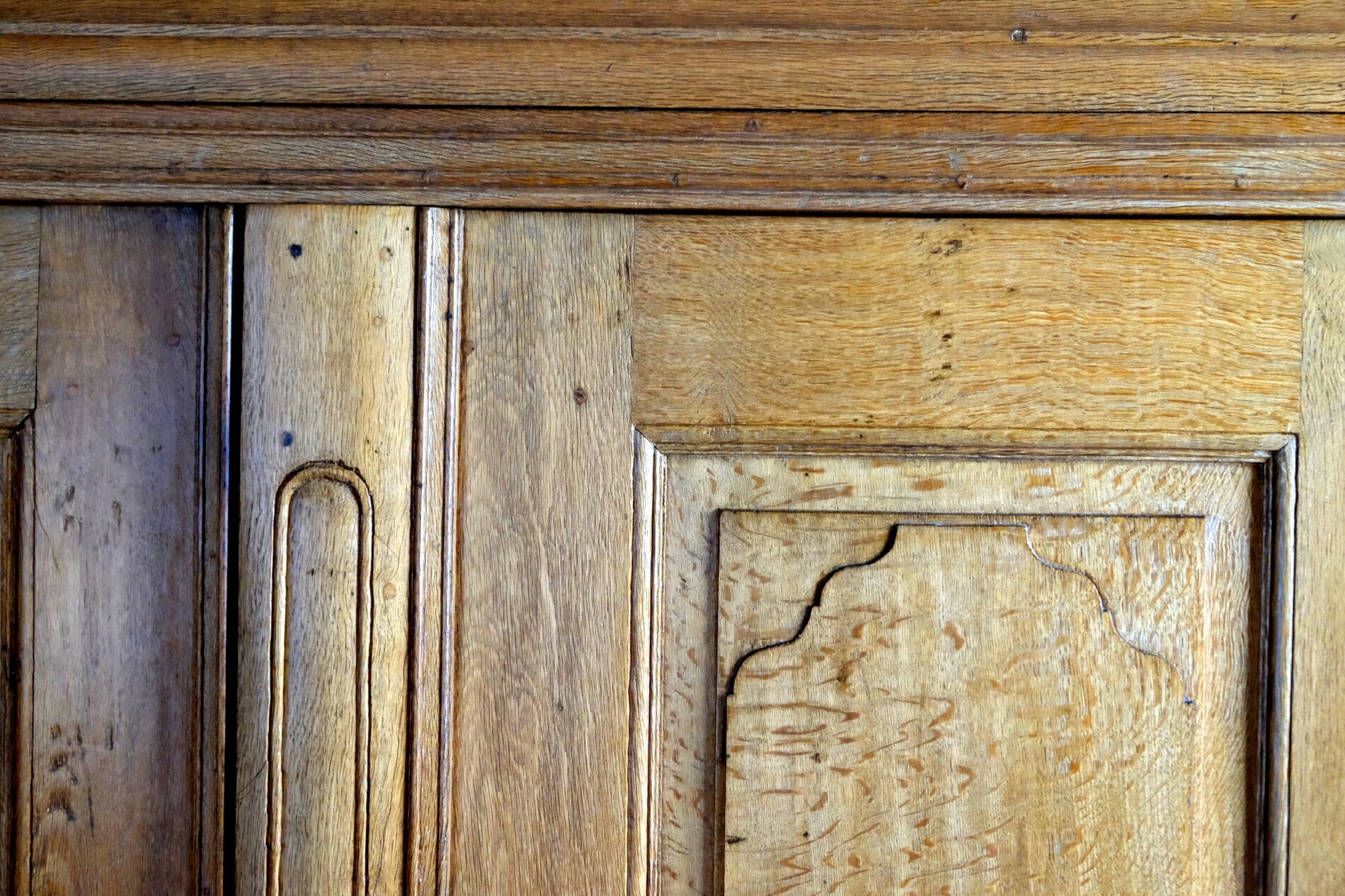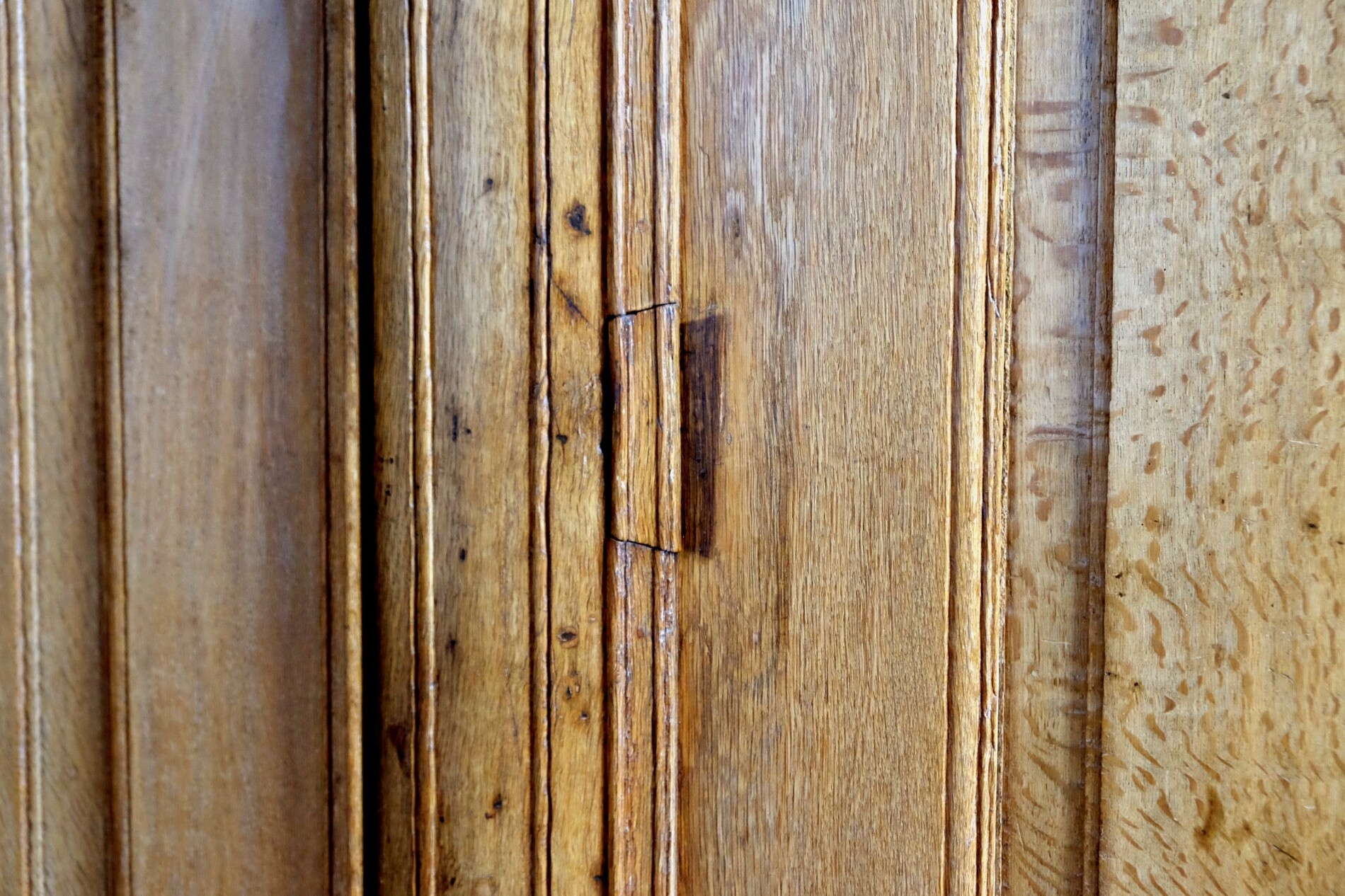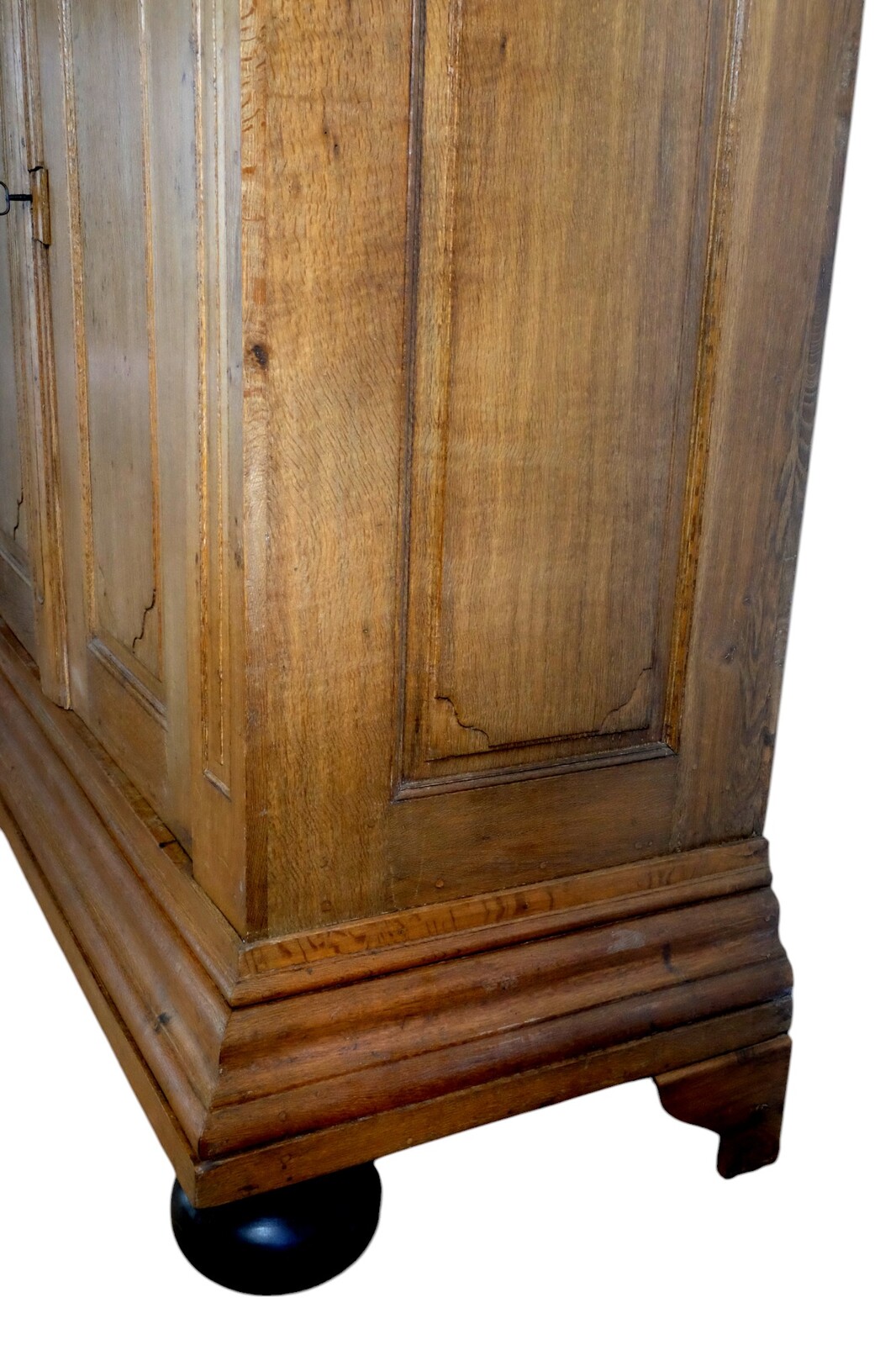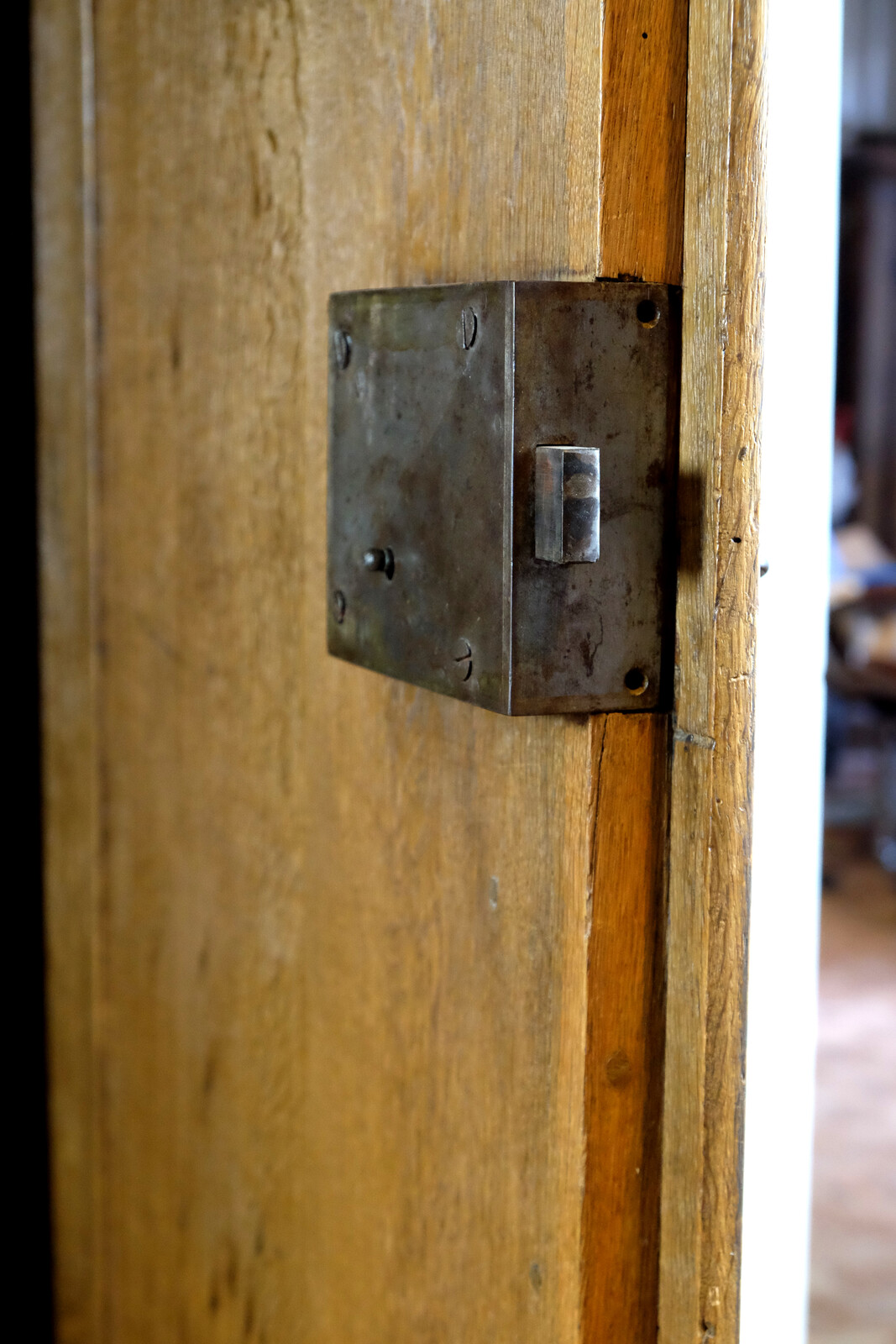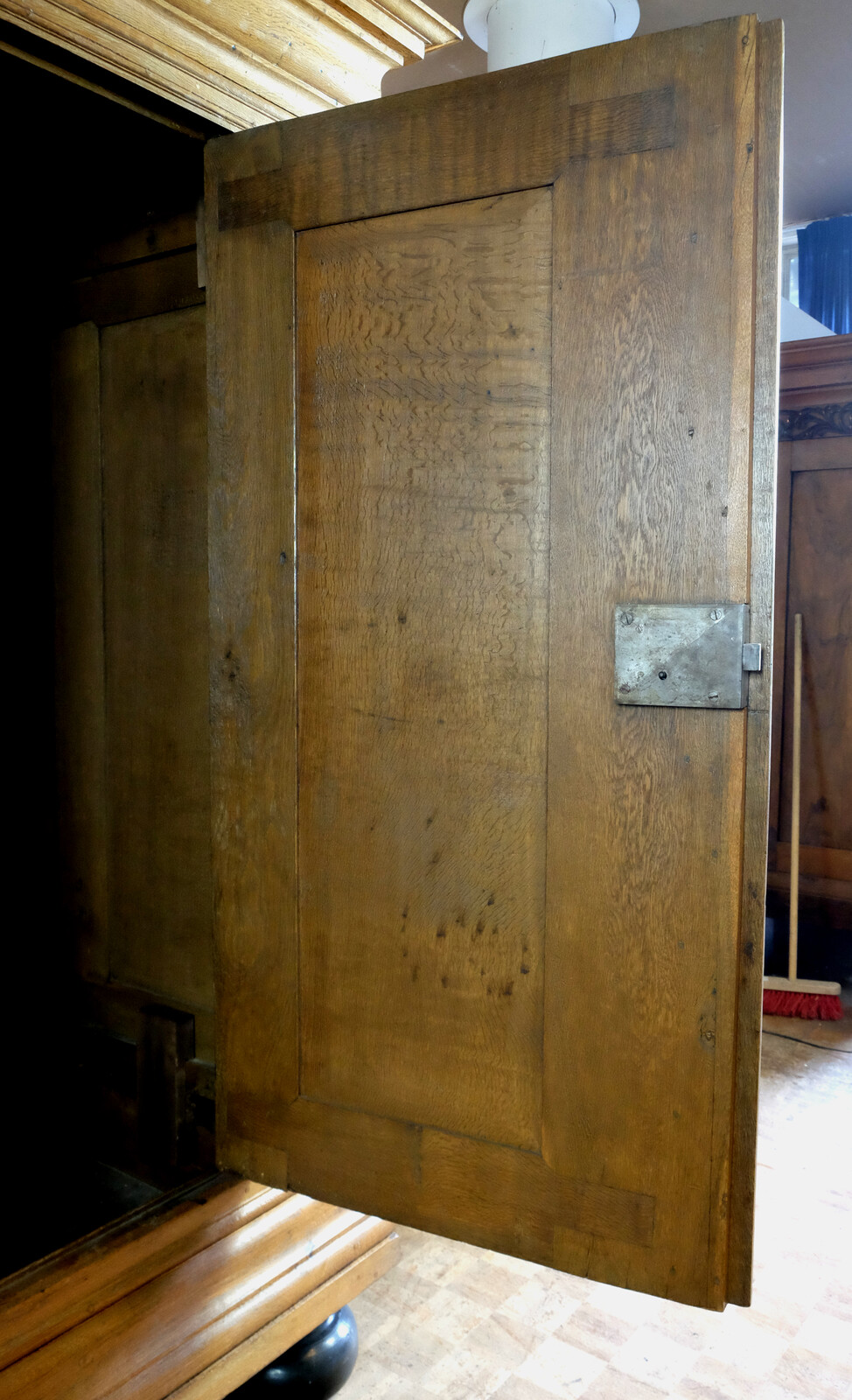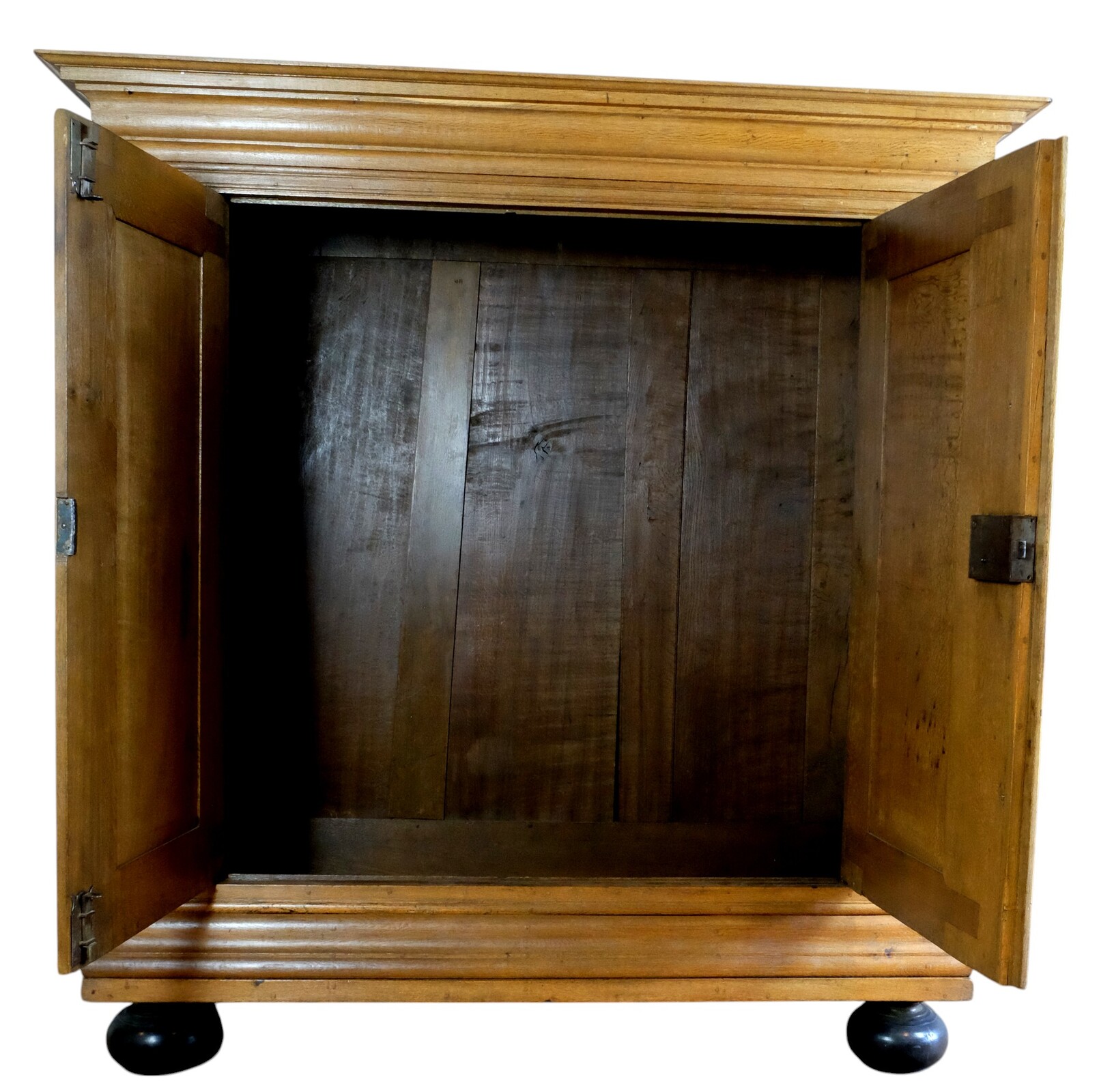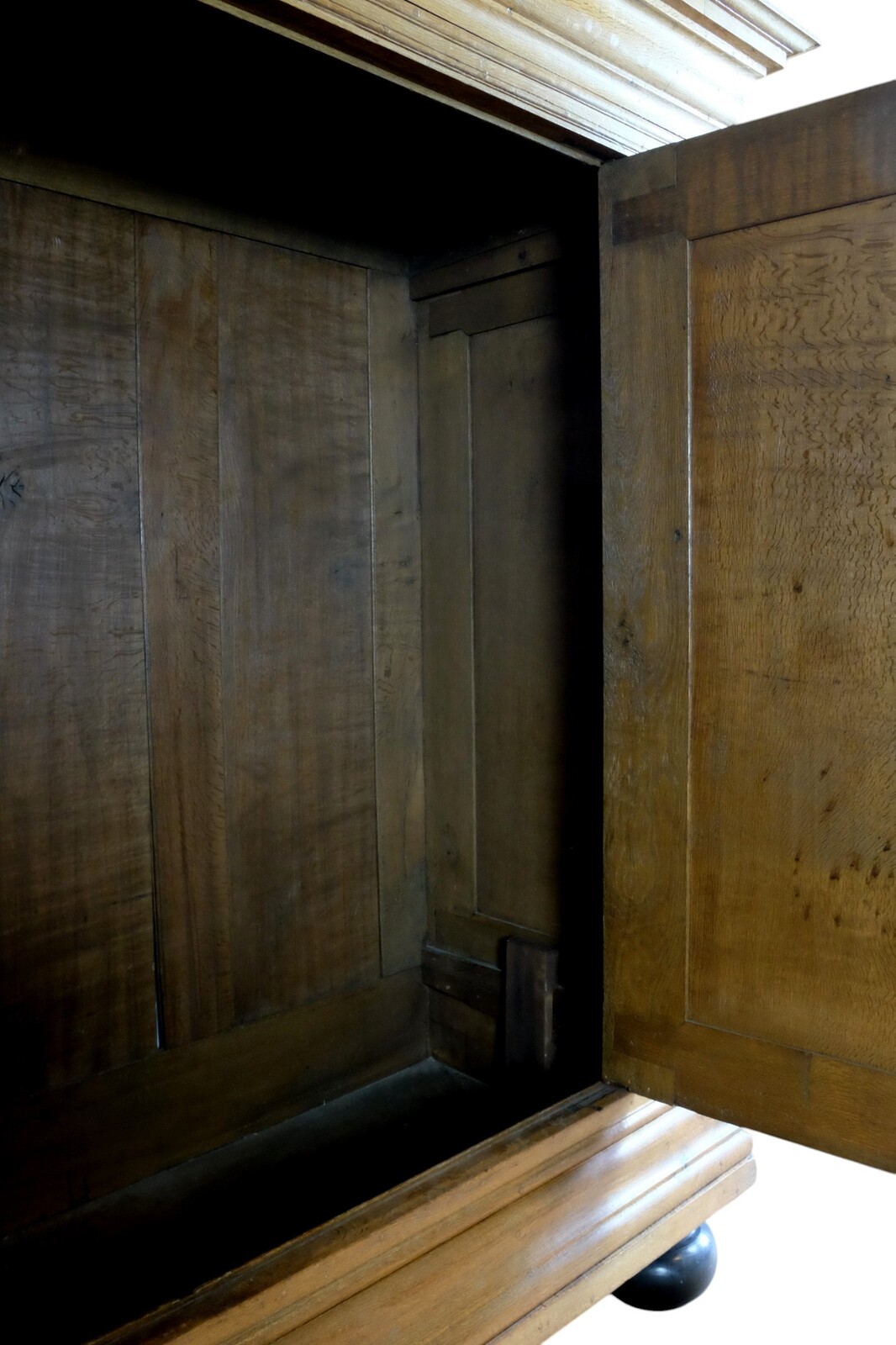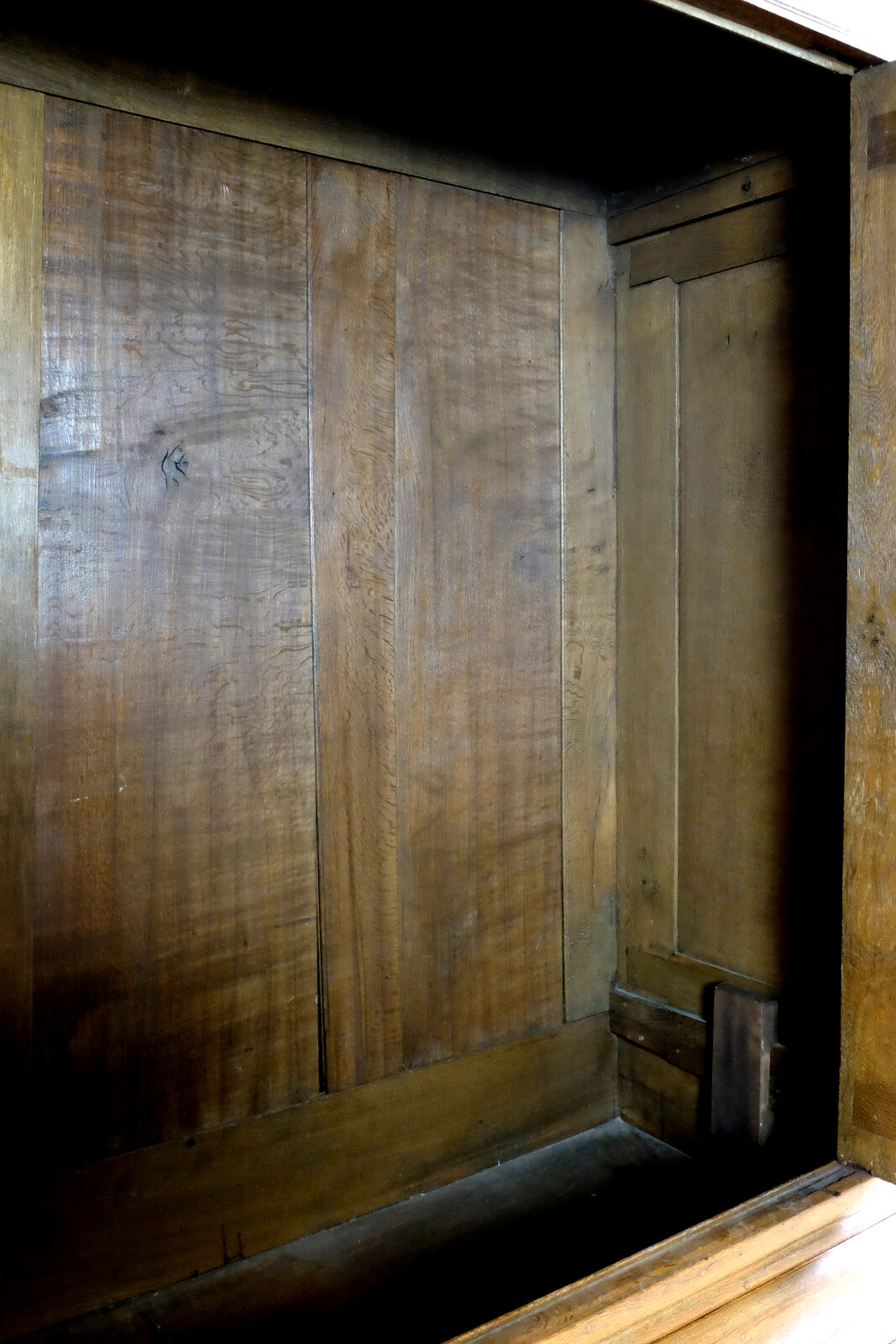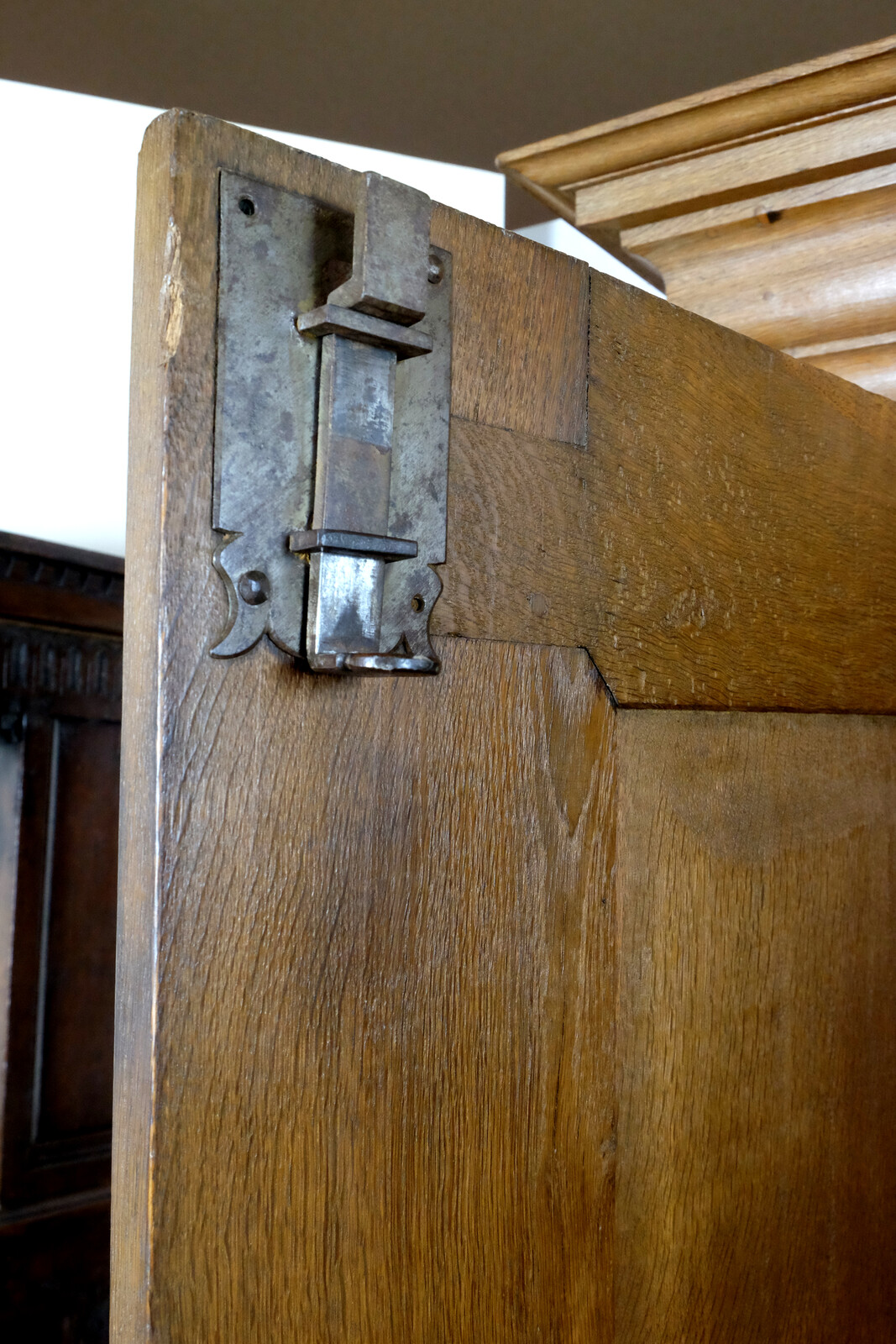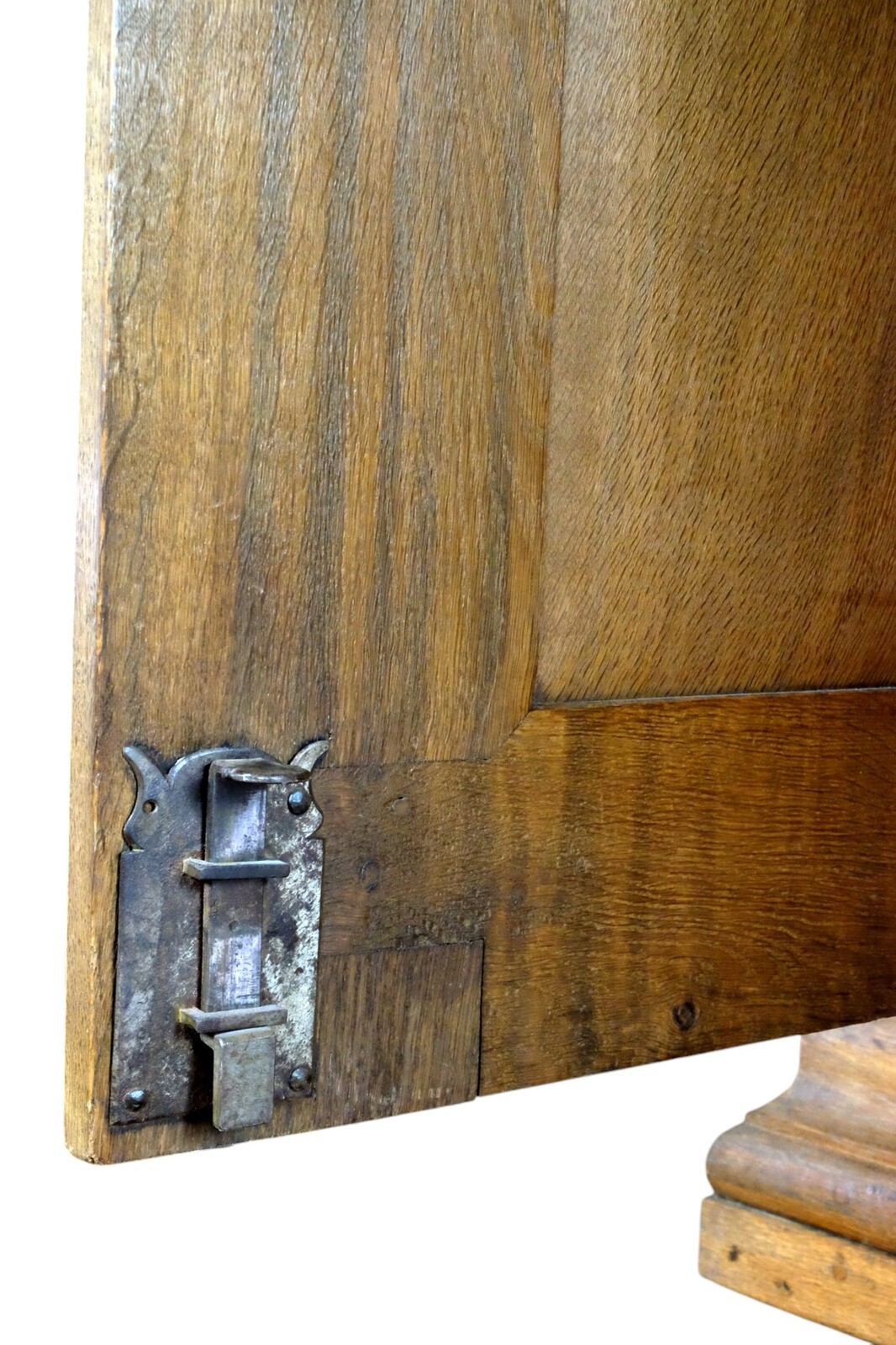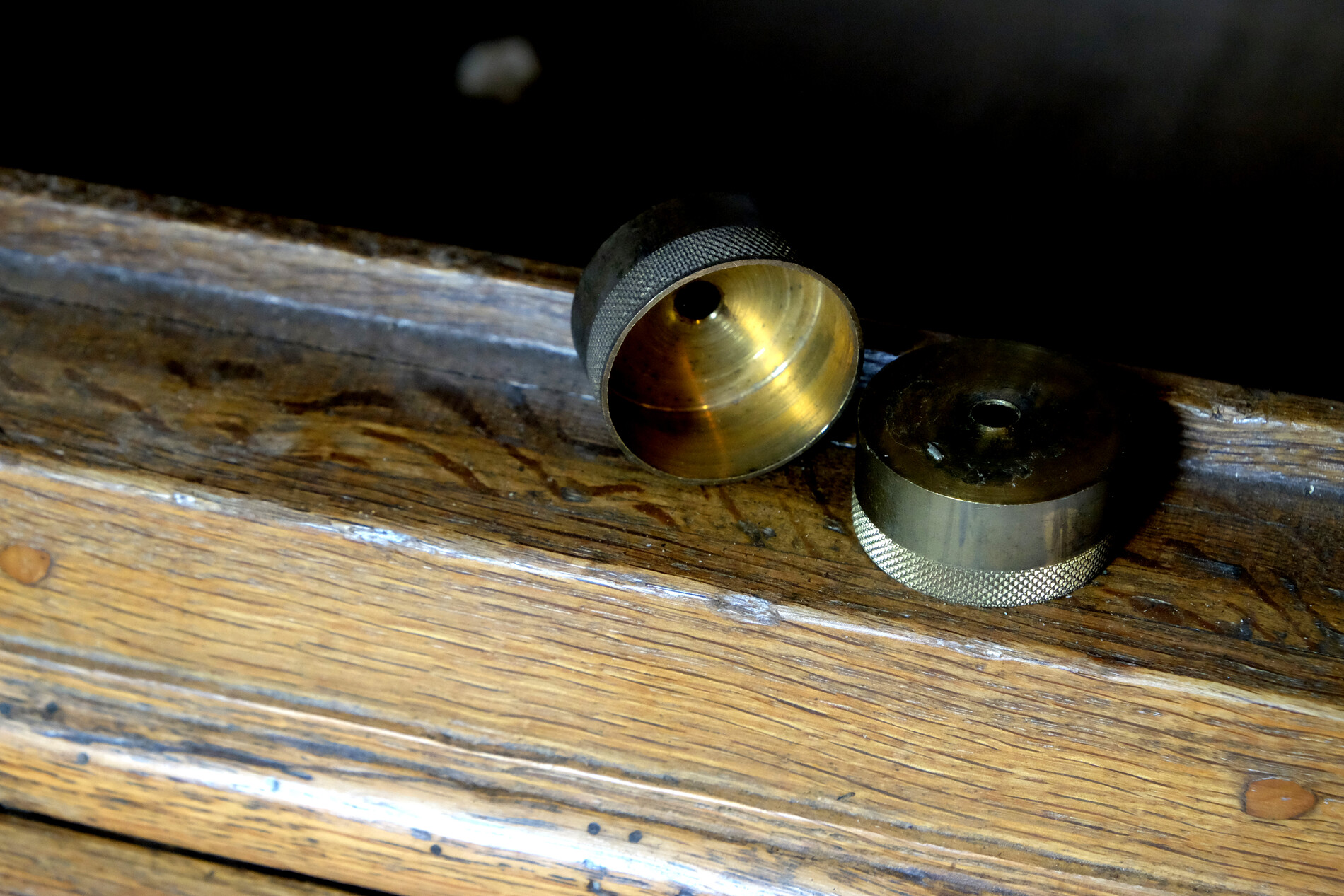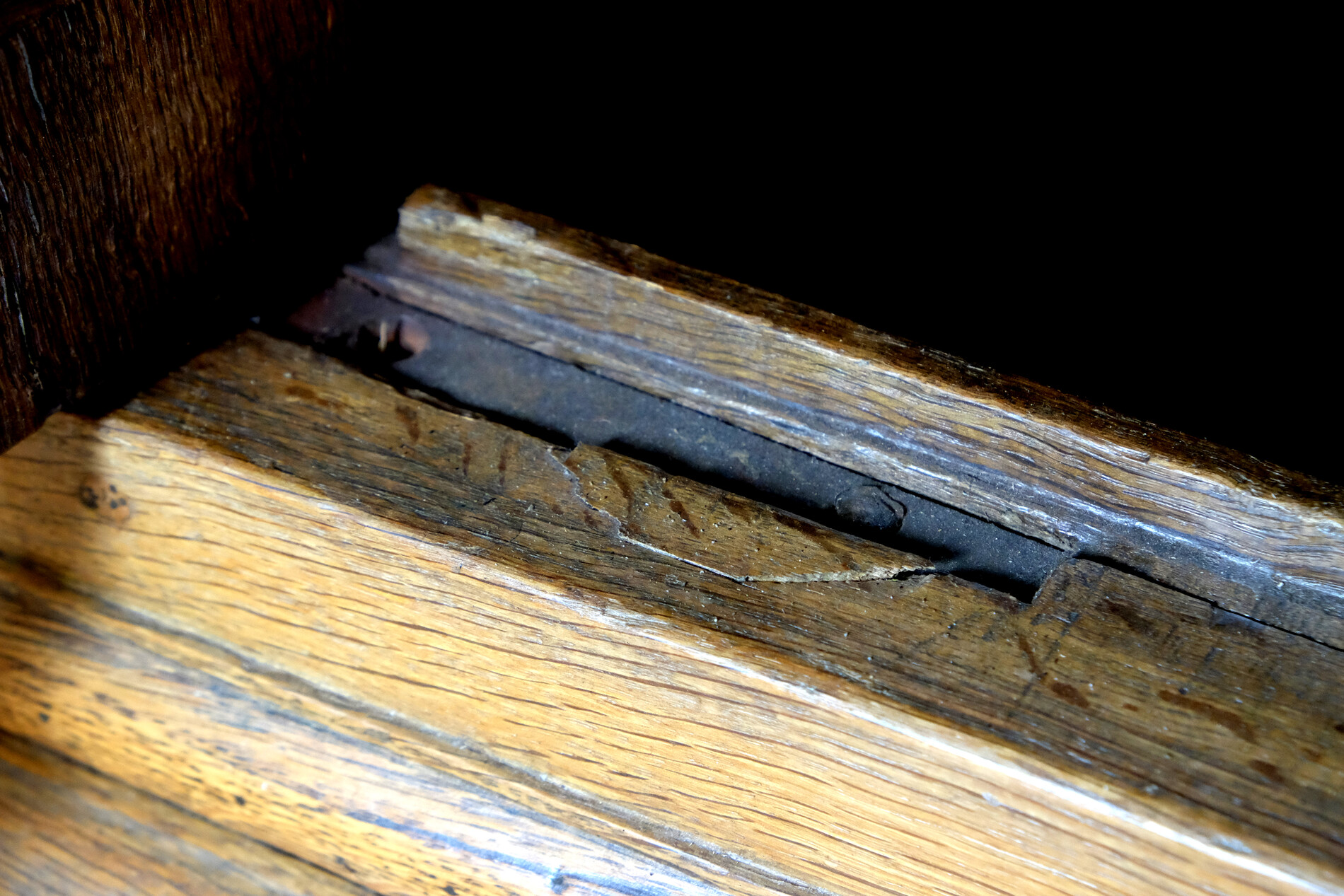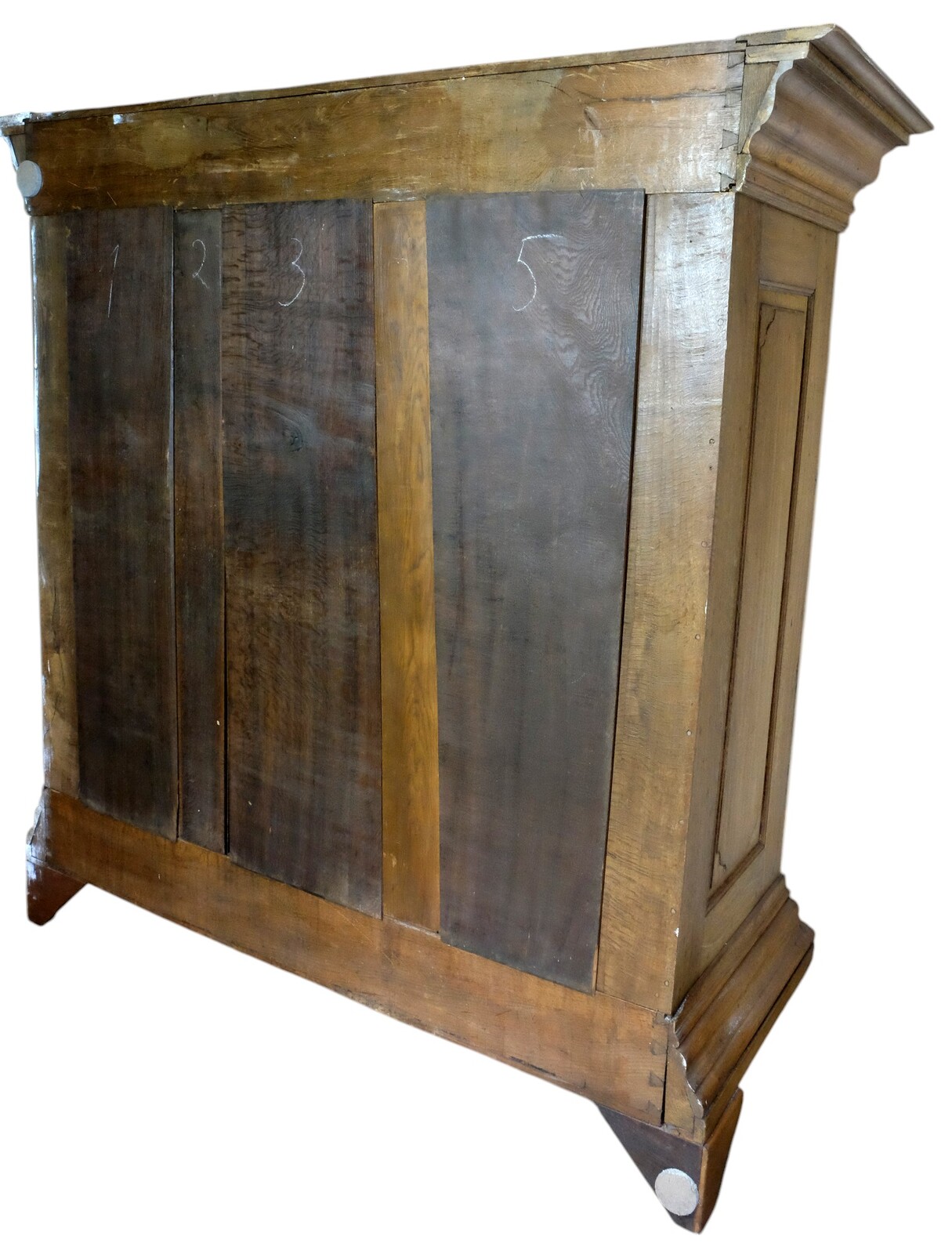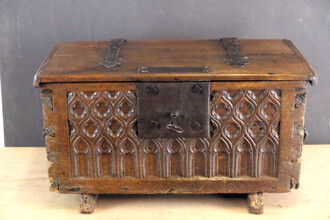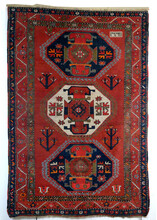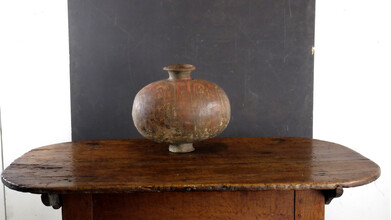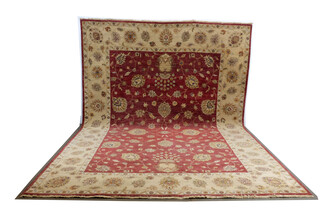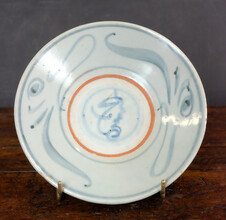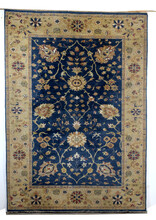Swatow dish with expressive brushwork decoration, ca. 1600–1650
Rare Swatow dish (Zhangzhou ceramic) from the late Ming Dynasty, made in Fujian Province, China, circa 1600–1650. This type of ceramic was produced for the export market and is known for its spontaneous brushwork, robust forms, and charmingly irregular decorations.
The center of the dish features a blue abstract calligraphic motif, painted in underglaze. The rim is decorated with broad, free brushstrokes and curved lines—a style typical of the expressive, almost modern visual language of Swatow ceramics.
The dish is made of a durable, coarsely fired porcelain-like body and finished with a transparent glaze. The back is undecorated, with a red firing ring and an unglazed foot ring. A simple black mark is located on the base—possibly a control or warehouse mark.
Dimensions:
Diameter: 24 cm
Height: 5 cm
Condition:
Very good – no crack restorations. Minor firing flaws and glaze flakes consistent with age and production technique.
Special features:
The spontaneous brushwork gives this dish a vibrant, almost contemporary look, highly prized by collectors of Asian ceramics and enthusiasts of expressive art objects alike. The combination of aesthetics and durability makes this an exemplary export piece from the Dutch East India Company (VOC) era.
The decoration is the result of meticulous discipline and the experience of quickly performing the same action thousands of times, resulting in great strength and spontaneity.
This ceramic was not intended for the wealthy, but for ordinary people who lived in a completely different world in China at the time.
This dish still looks as good as new—and it is 400 years old.
This is because the material is so strong.
It is a type of stoneware or gres, which is as hard as porcelain.
Fired at a high temperature, it is much harder than ordinary earthenware.
Origin:
Zhangzhou region, Fujian Province, China
Export via maritime routes, possibly VOC-related




































